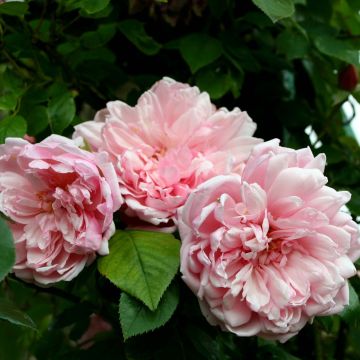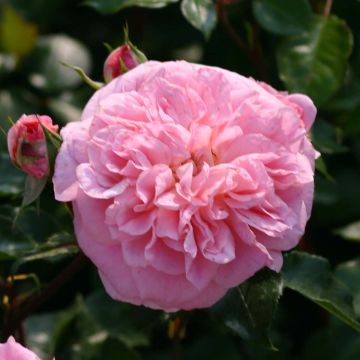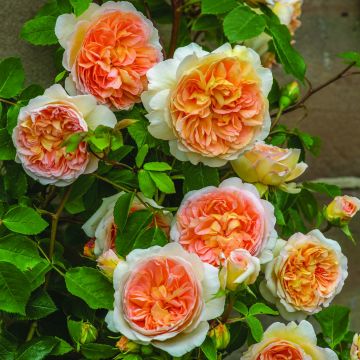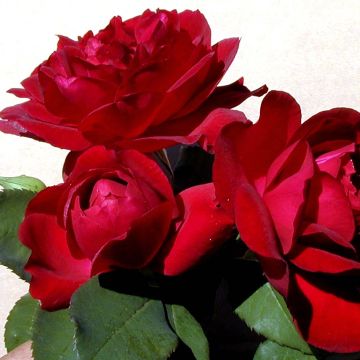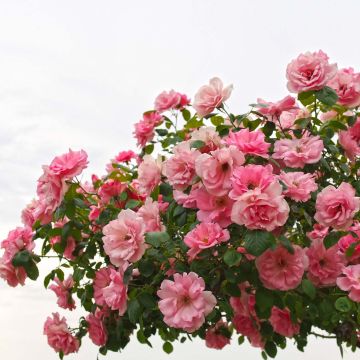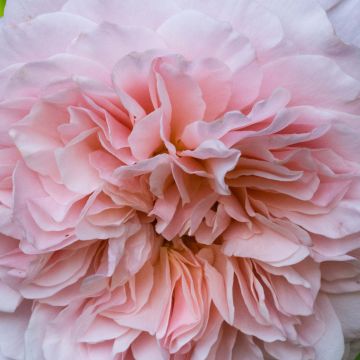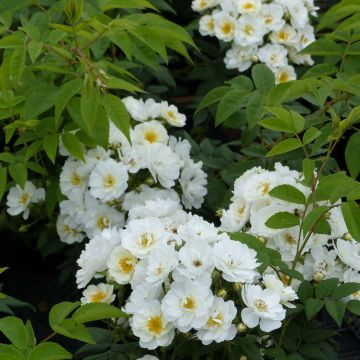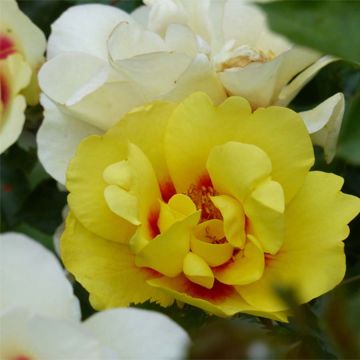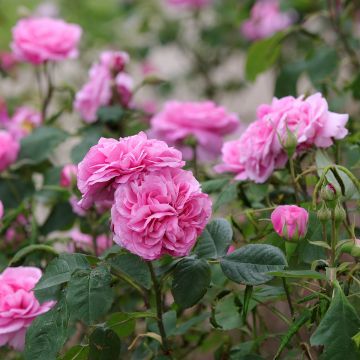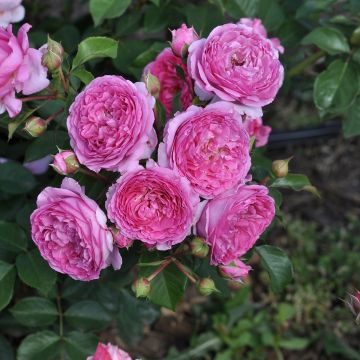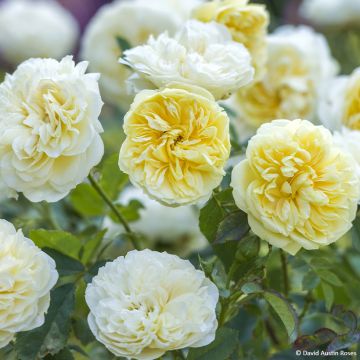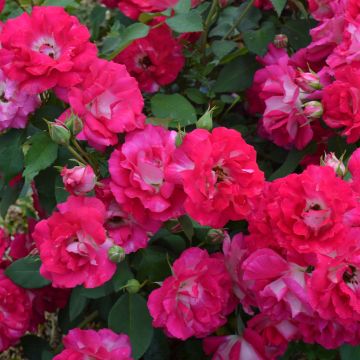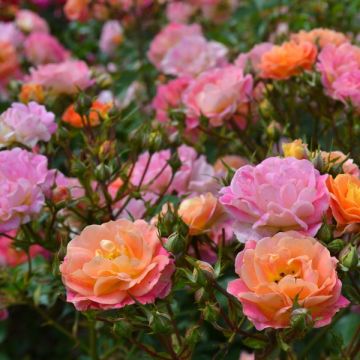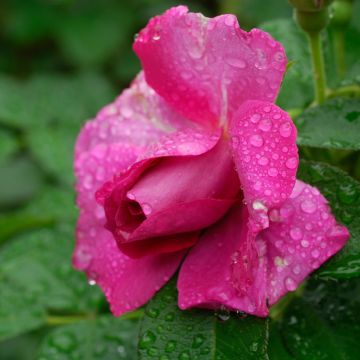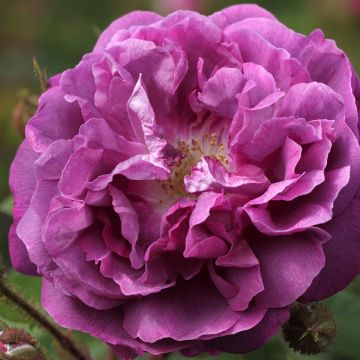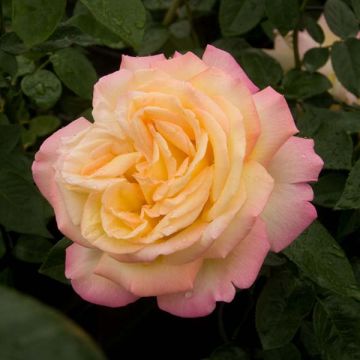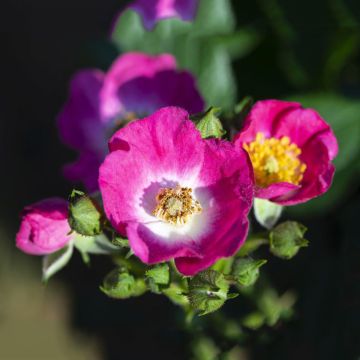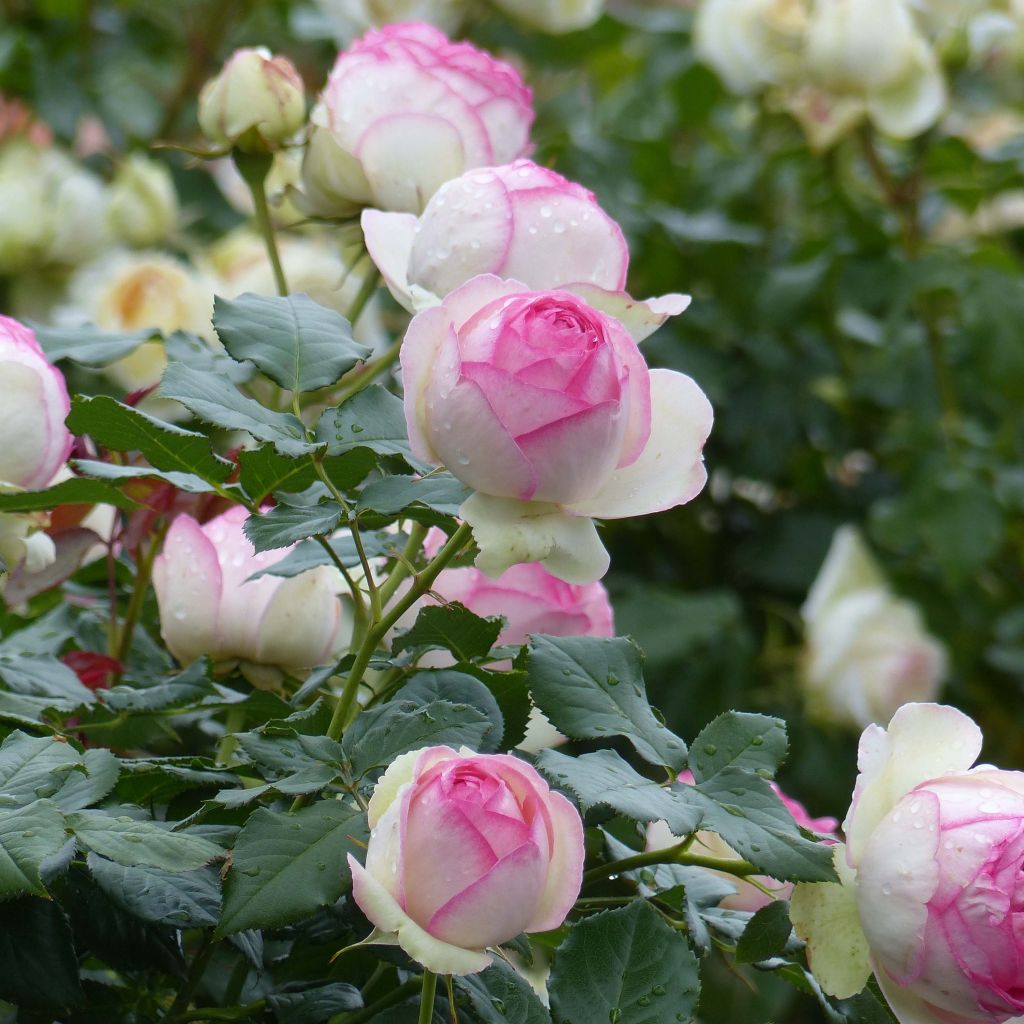

Rosa Pierre de Ronsard - Climbing Rose
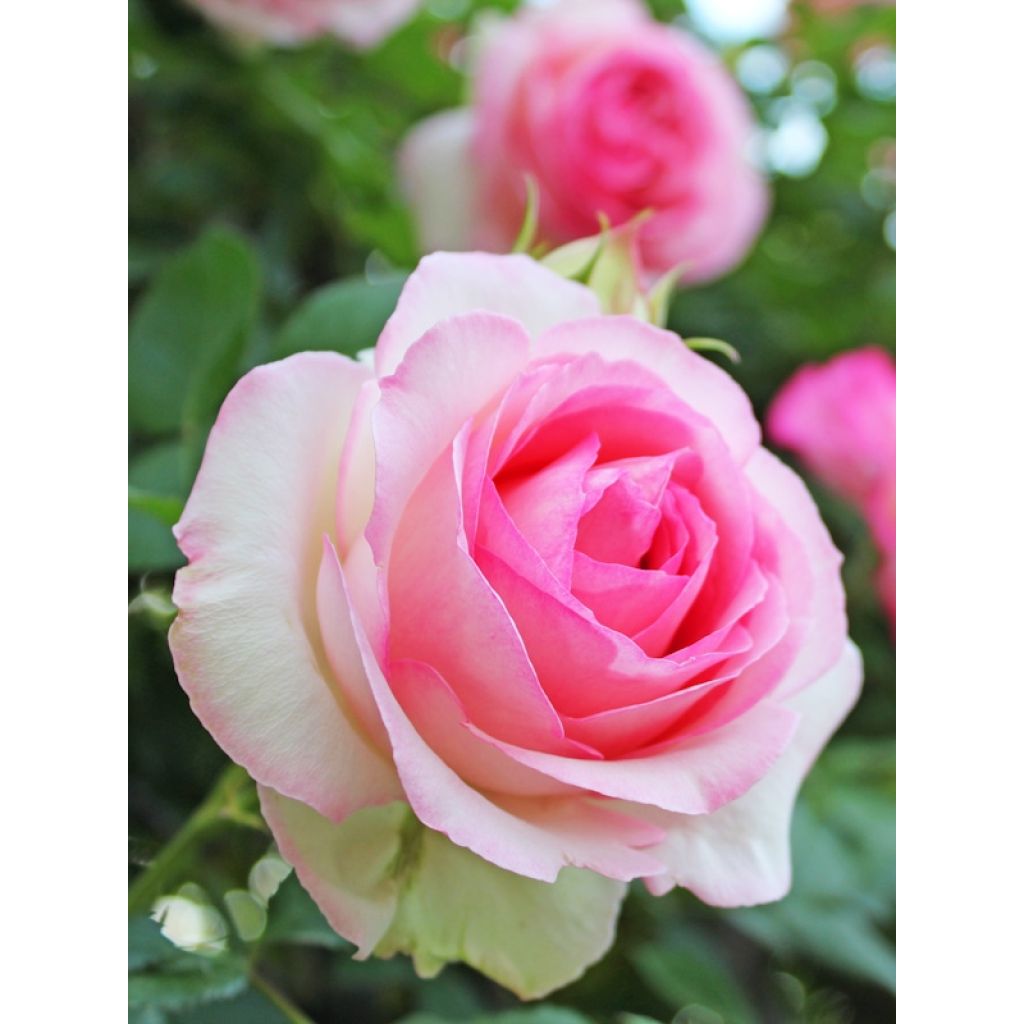

Rosa Pierre de Ronsard - Climbing Rose
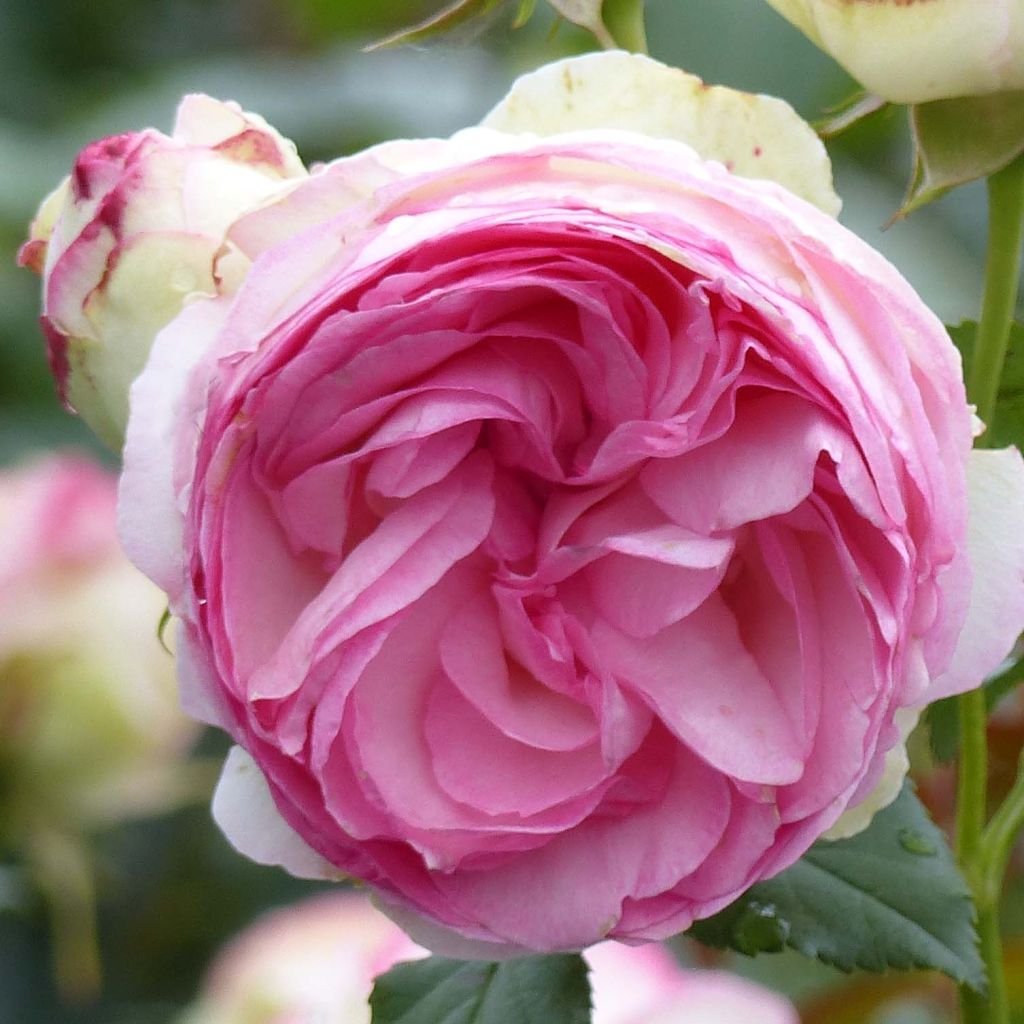

Rosa Pierre de Ronsard - Climbing Rose
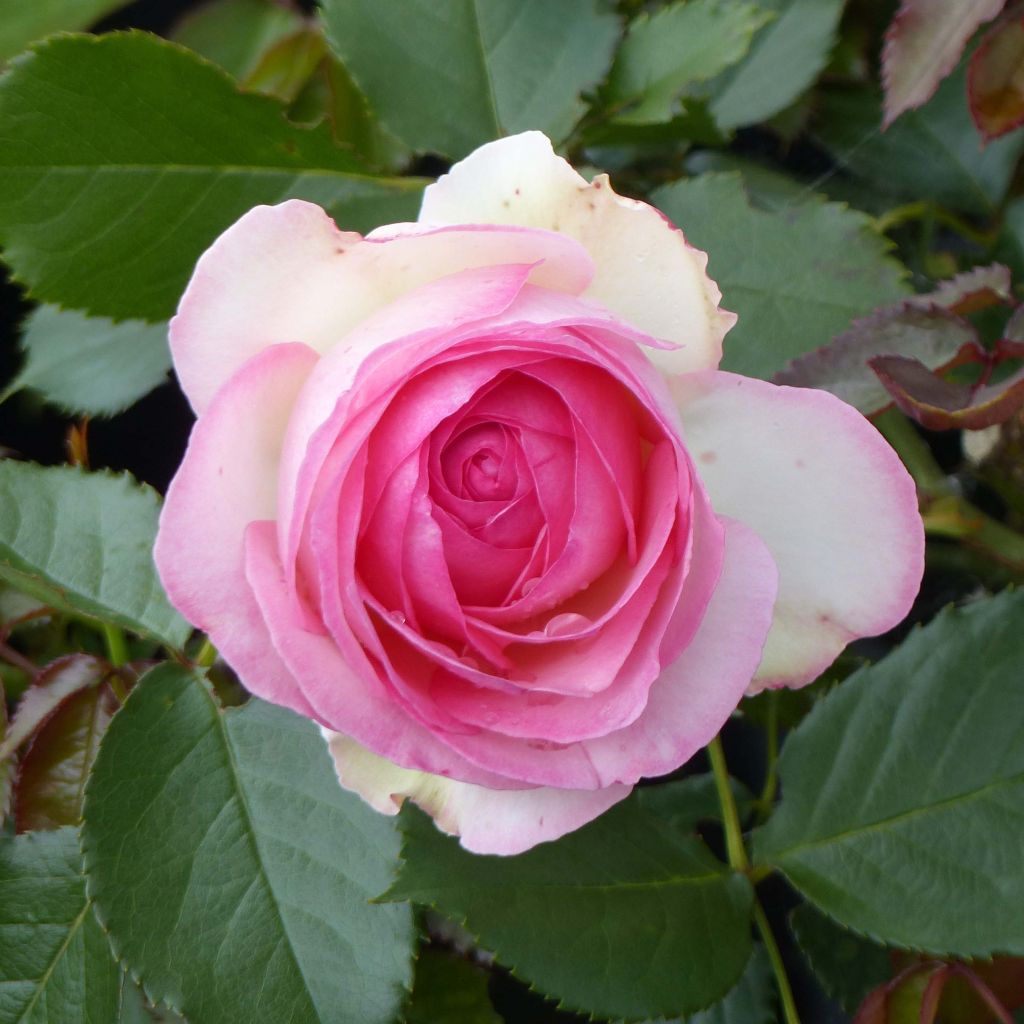

Rosa Pierre de Ronsard - Climbing Rose
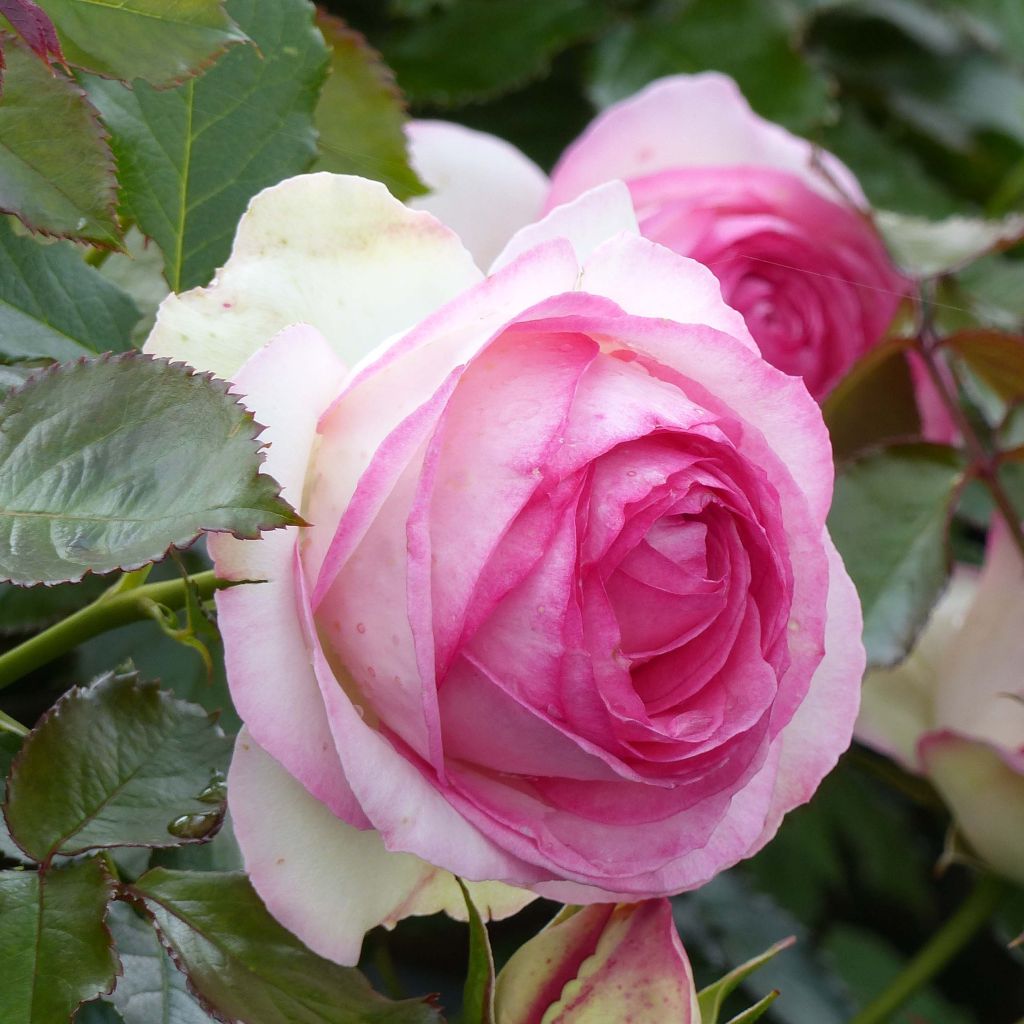

Rosa Pierre de Ronsard - Climbing Rose
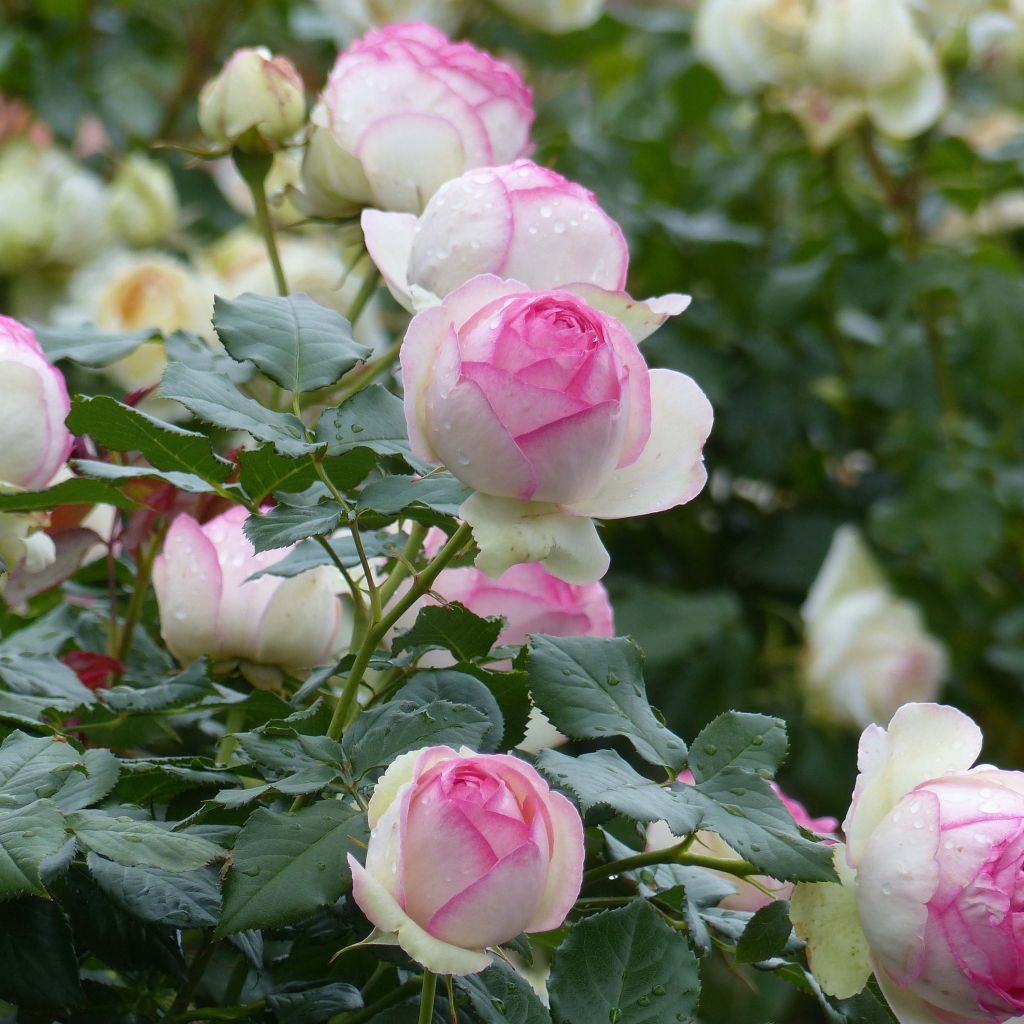

Rosa Pierre de Ronsard - Climbing Rose
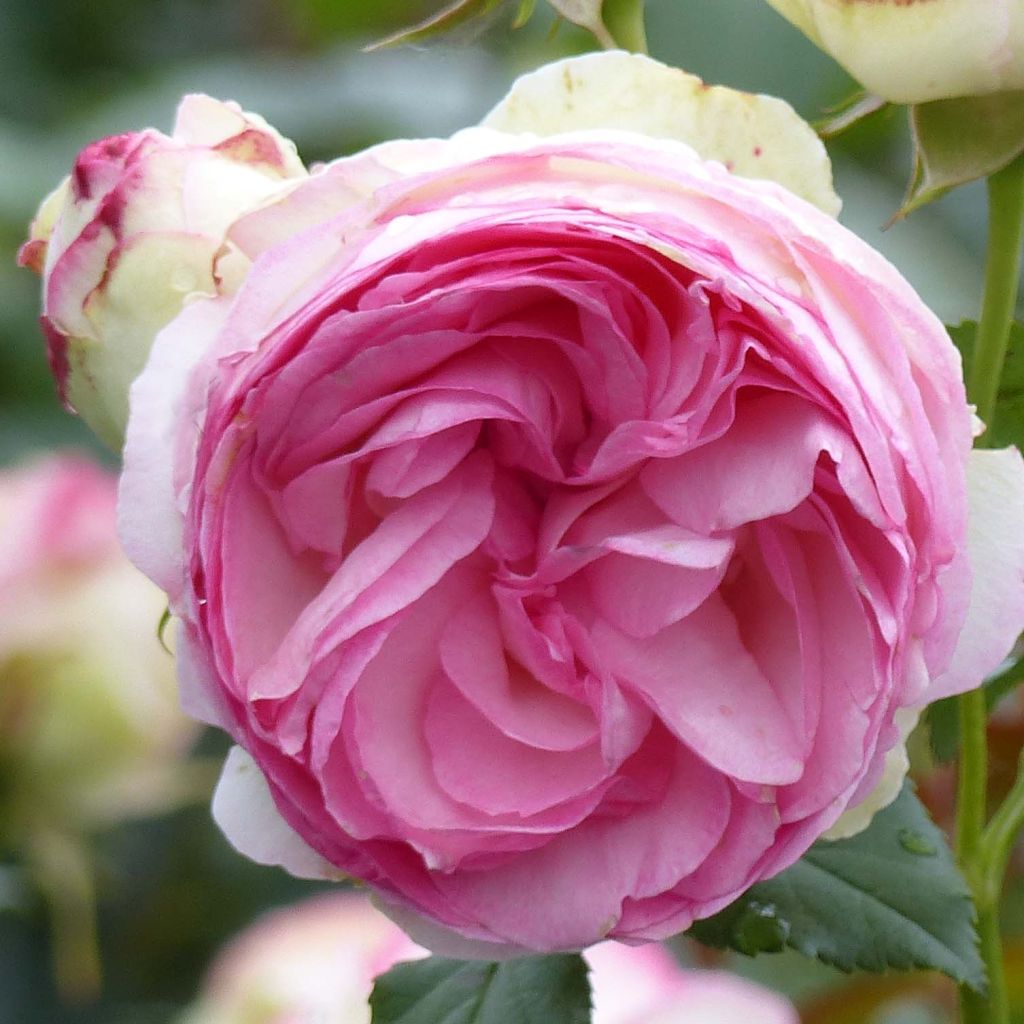

Rosa Pierre de Ronsard - Climbing Rose
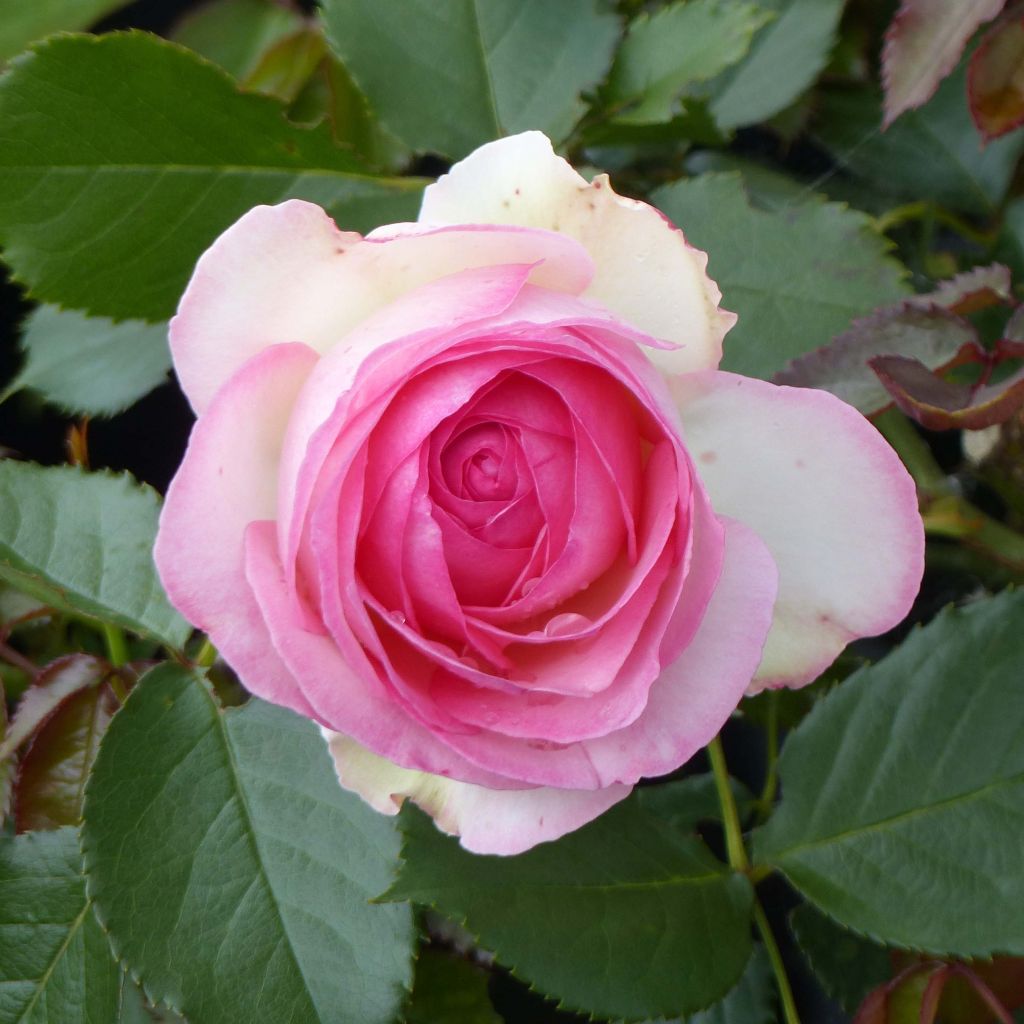

Rosa Pierre de Ronsard - Climbing Rose
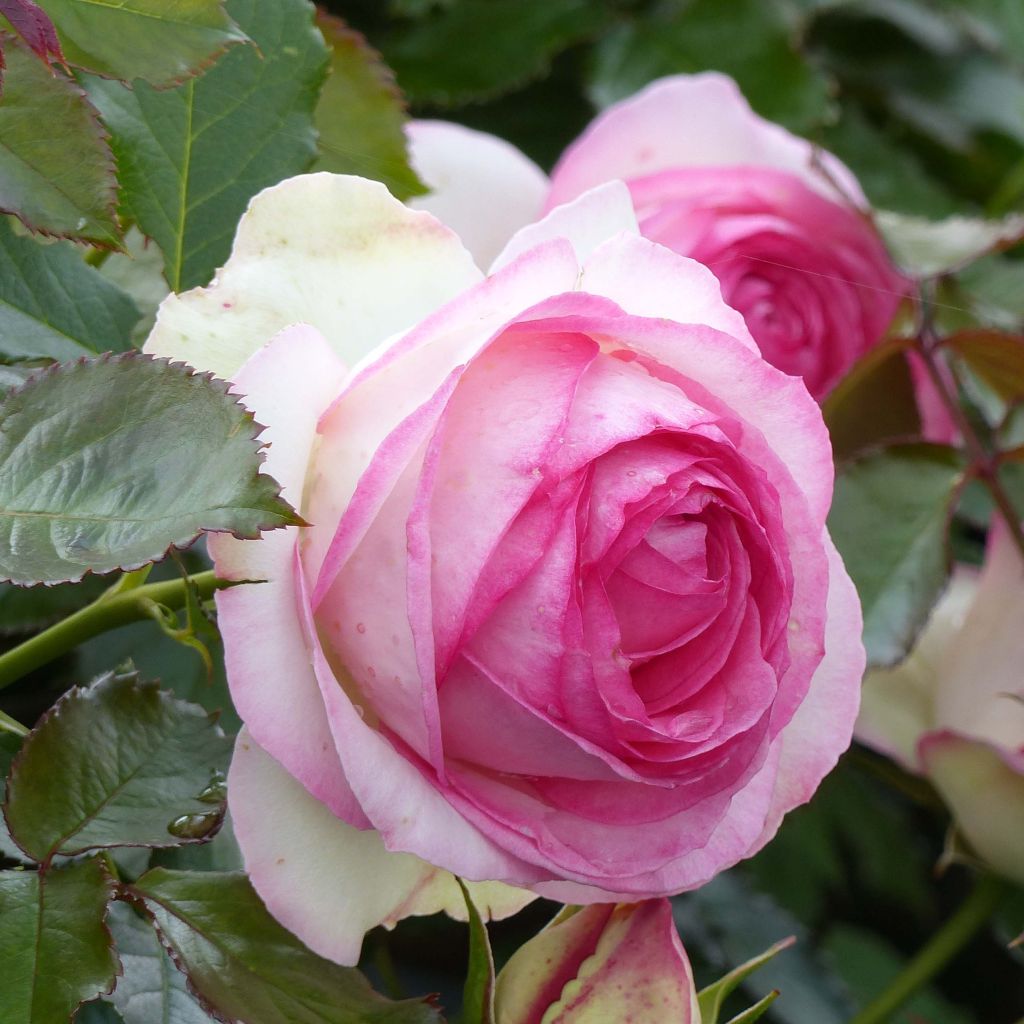

Rosa Pierre de Ronsard - Climbing Rose
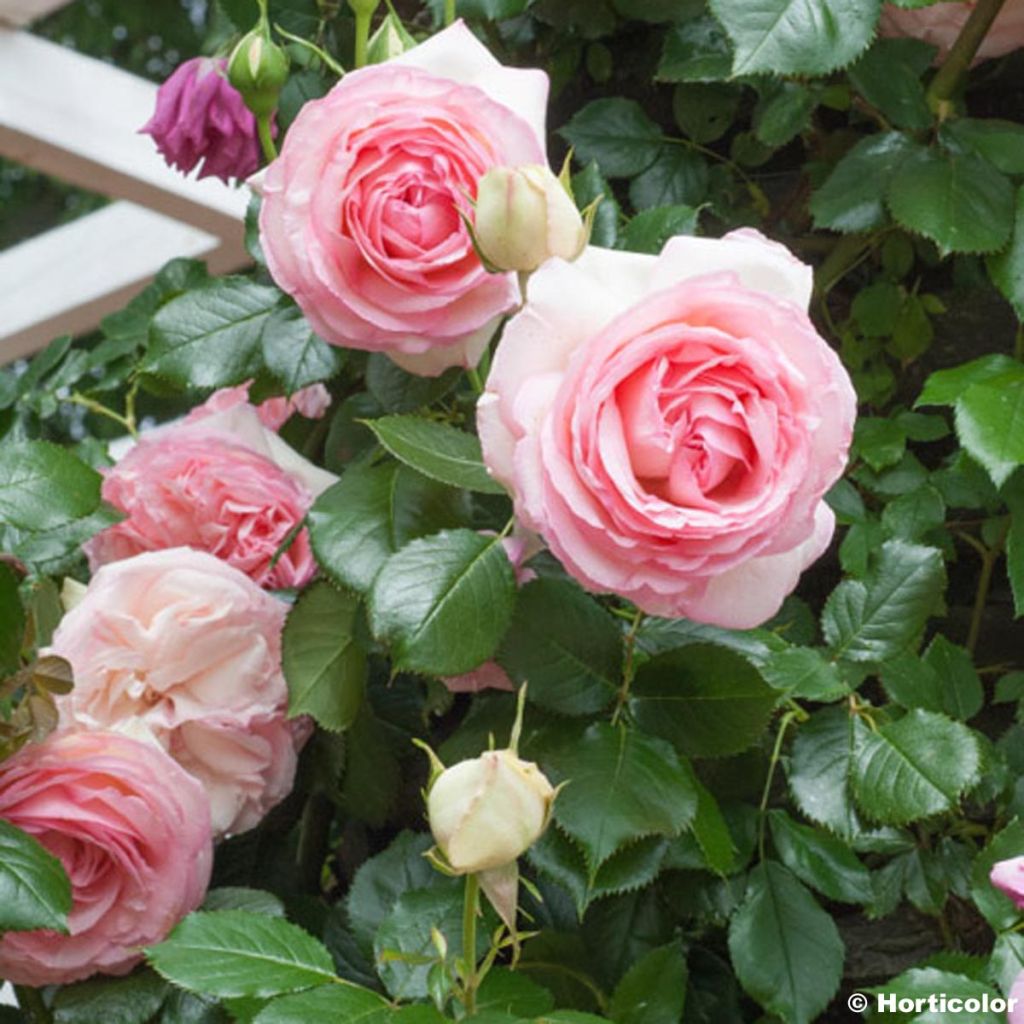

Rosa Pierre de Ronsard - Climbing Rose
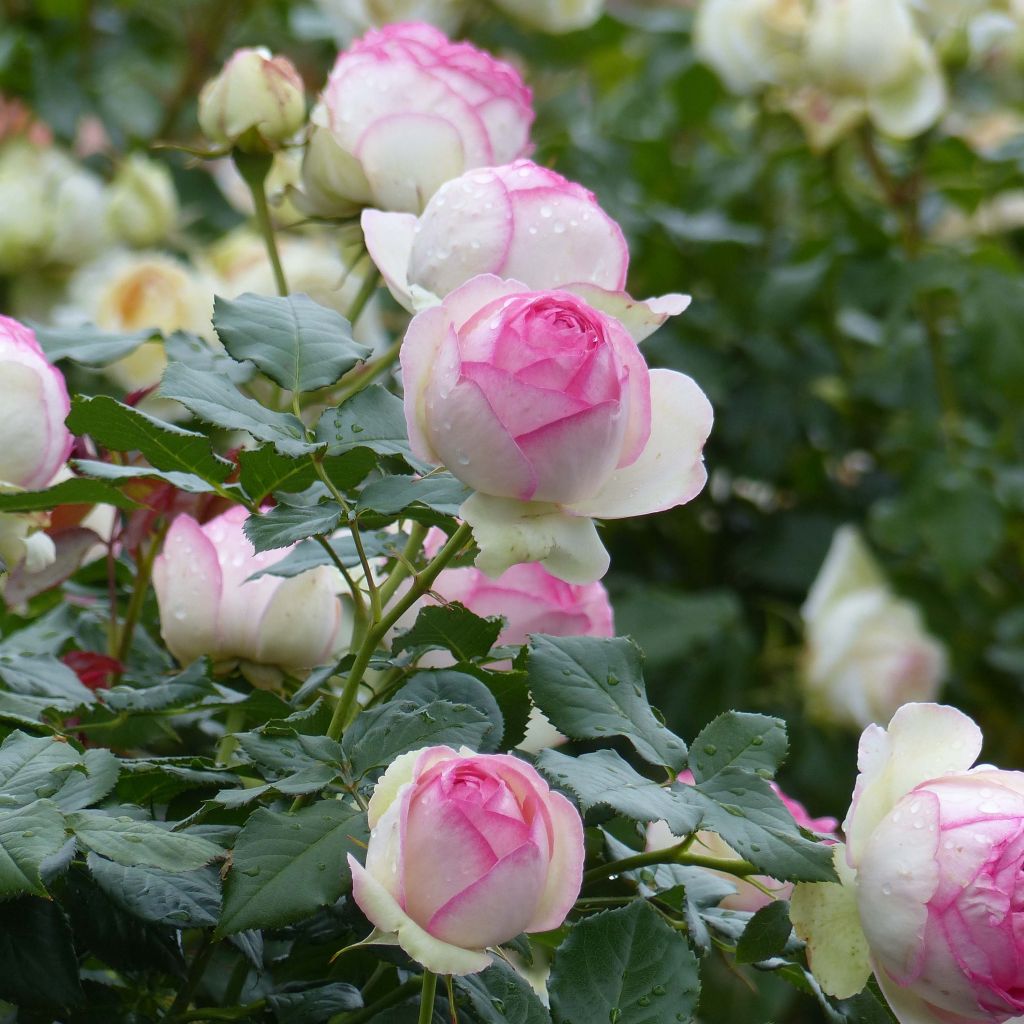

Rosa Pierre de Ronsard - Climbing Rose
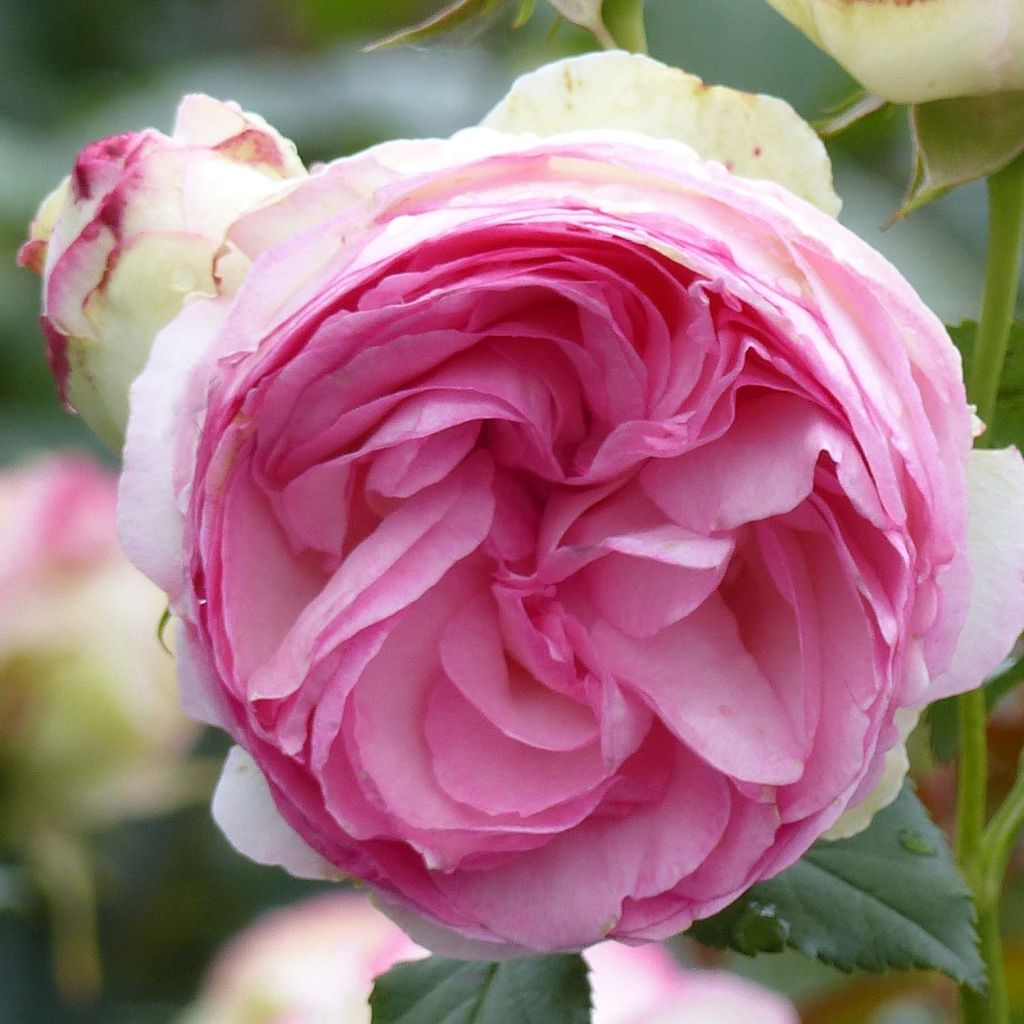

Rosa Pierre de Ronsard - Climbing Rose
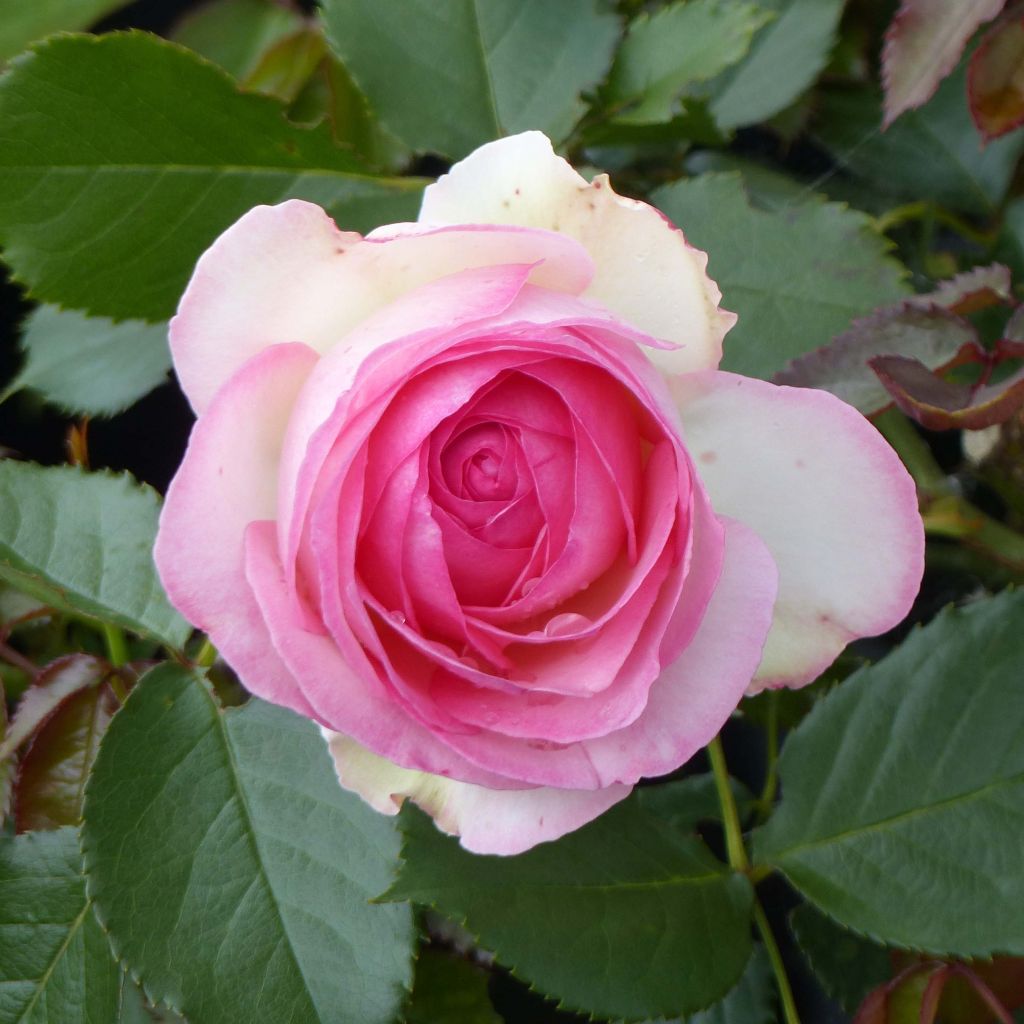

Rosa Pierre de Ronsard - Climbing Rose
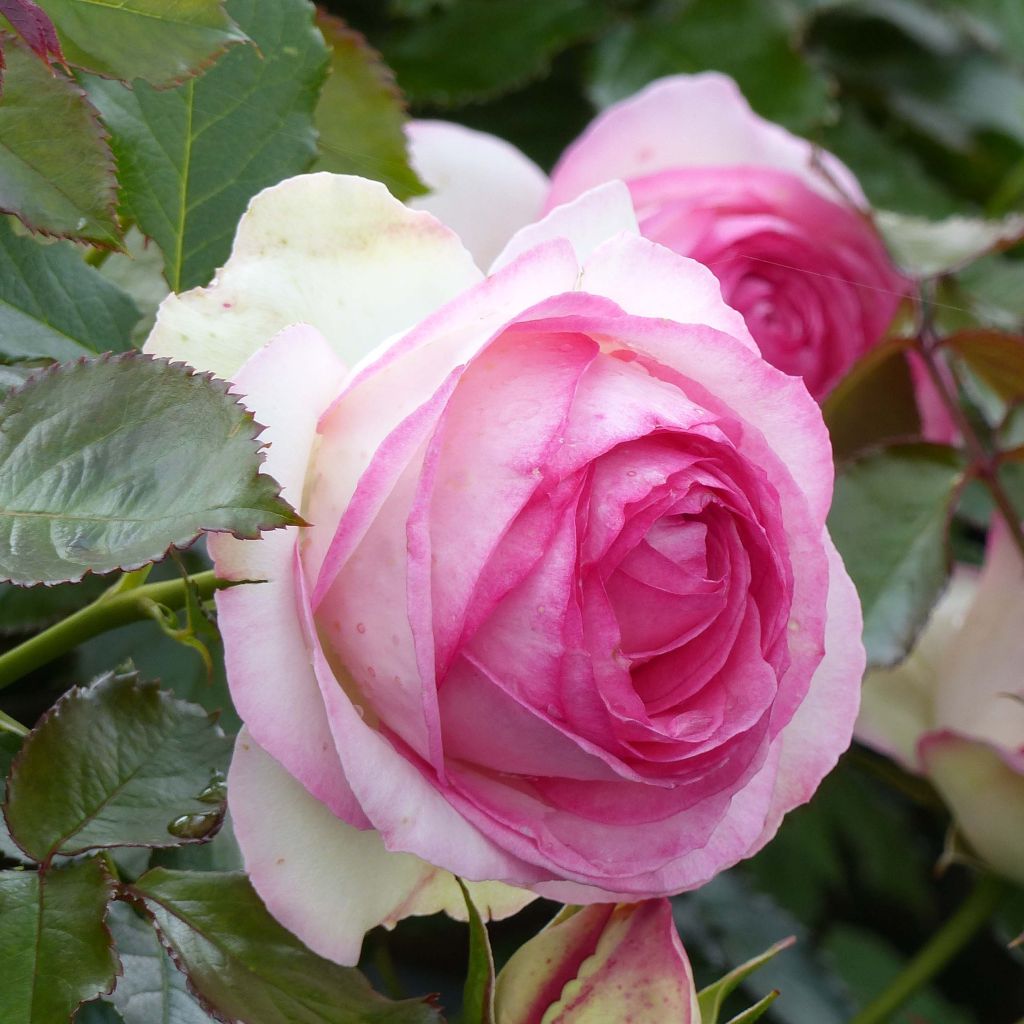

Rosa Pierre de Ronsard - Climbing Rose
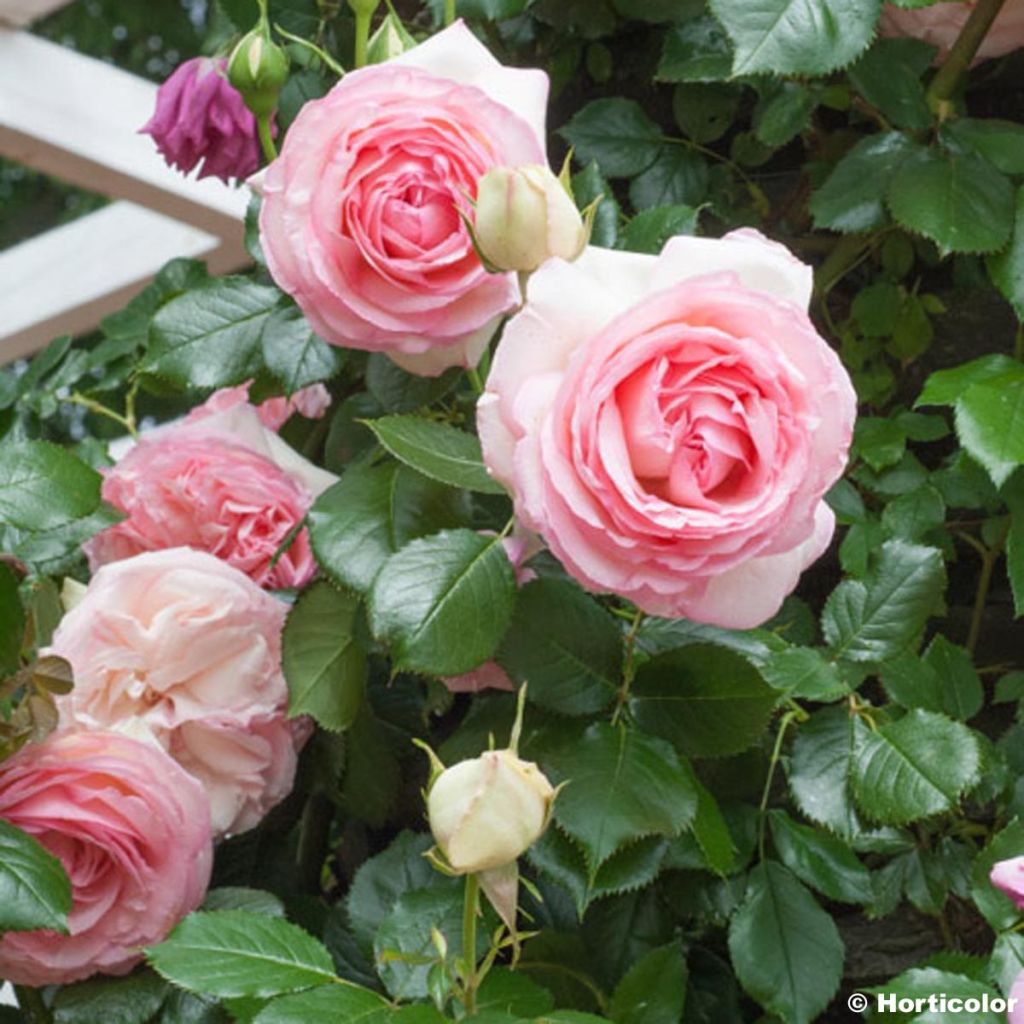

Rosa Pierre de Ronsard - Climbing Rose
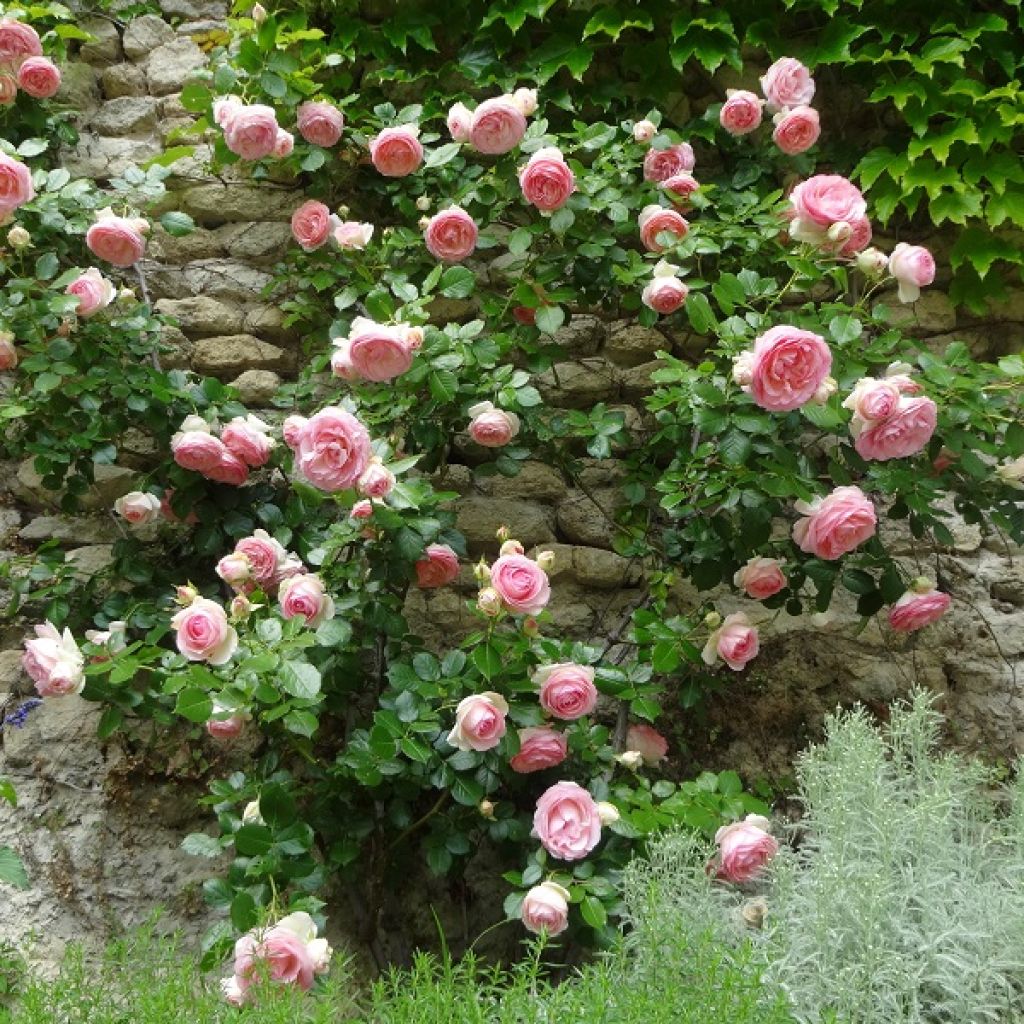

Rosa Pierre de Ronsard - Climbing Rose
Rosa Pierre de Ronsard - Climbing Rose
Rosa Pierre de Ronsard® 'Meiviolin'
Rose
This item cannot be shipped to the selected country
Delivery charge from €5.90
Delivery charge from €5.90
Delivery charge from €5.90
Delivery charge from €5.90
Delivery to Corse prohibited
More information
Schedule delivery date,
and select date in basket
This plant carries a 24 months recovery warranty
More information
We guarantee the quality of our plants for a full growing cycle, and will replace at our expense any plant that fails to recover under normal climatic and planting conditions.
From €5.90 for pickup delivery and €6.90 for home delivery
Express home delivery from €8.90.
From €5.90 for pickup delivery and €6.90 for home delivery
Express home delivery from €8.90.
From €5.90 for pickup delivery and €6.90 for home delivery
Express home delivery from €8.90.
From €5.90 for pickup delivery and €6.90 for home delivery
Express home delivery from €8.90.
Delivery to Corse prohibited: UE law prohibits the import of this plant from mainland France to Corse as part of the fight against Xylella fastidiosa. Please accept our sincere apologies.
More information
Does this plant fit my garden?
Set up your Plantfit profile →
Description
The 'Pierre de Ronsard' rose is a reliable choice for any garden, an absolutely charming variety renowned for its large, perfectly organized flowers in various shades of pink that are hard to resist. Prized and awarded multiple times, its reputation speaks for itself. It is a tall shrub rose, classified as a climbing rose, with excellent vigour and fast growth, and glossy foliage. Its large flowers, reminiscent of old-fashioned roses, unfortunately do not have a scent, but that is easily forgiven given their beauty!
This rose will quickly reach a height and width of 2m (7ft). It blooms from June until the first frost, as long as it is well-fed and watered, as the plant is vigorous but also quite demanding. Train it on a trellis in a well-exposed location: based on our experience, it looks its best in full sun. It produces strong, thorny branches that are slightly stiff, capable of supporting the weight of the flowers. The young shoots of this rose are reddish, then they unfold into large leaflets with a vibrant and glossy green colour, very pleasing to the eye. This foliage, fairly healthy at the beginning of the season, is somewhat susceptible to disease in very wet weather and towards the end of the season. The flowering period is long and early. In warm regions, large solitary buds of a light yellow colour striated with carmine form as early as April. They open into flowers measuring 10 to 13 cm (4 to 5in) in diameter, perfectly round and composed of 70 petals neatly imbricated. The colour is predominantly pink, with a fresh pink shade that almost becomes white towards the edges, shaded with carmine at the base of the petals and in the heart of the flower. Pierre de Ronsard is capable of flowering throughout the entire season, in successive waves, and its autumn re-blooming is very beautiful.
We initially encountered some difficulties with this rose. The flowers would wither before even opening. After several attempts in different locations, it finally thrived when planted on the facade of our house, exposed to full sun. In fact, it requires a lot of heat, especially in cooler regions, to thrive. However, it can be disappointing iin warmer regions if not regularly fed and watered during summer. Once you find the right spot, it is a glorious plant until the middle of autumn! This rose is perfect for making bouquets, but it does have one flaw: the scent is very discreet, almost non-existent, even in warm climates. In a cottage garden, you can accompany the blooming of 'Pierre de Ronsard' with a white or light blue clematis, and adorn the base with campanulas, foxgloves, and perennial geraniums.
Bred by Meilland in 1985
The 'Pierre de Ronsard' rose received the highest accolade from the World Federation of Rose Societies as the "Favorite Rose of the World" in 2006.
Report an error about the product description
Rosa Pierre de Ronsard - Climbing Rose in pictures
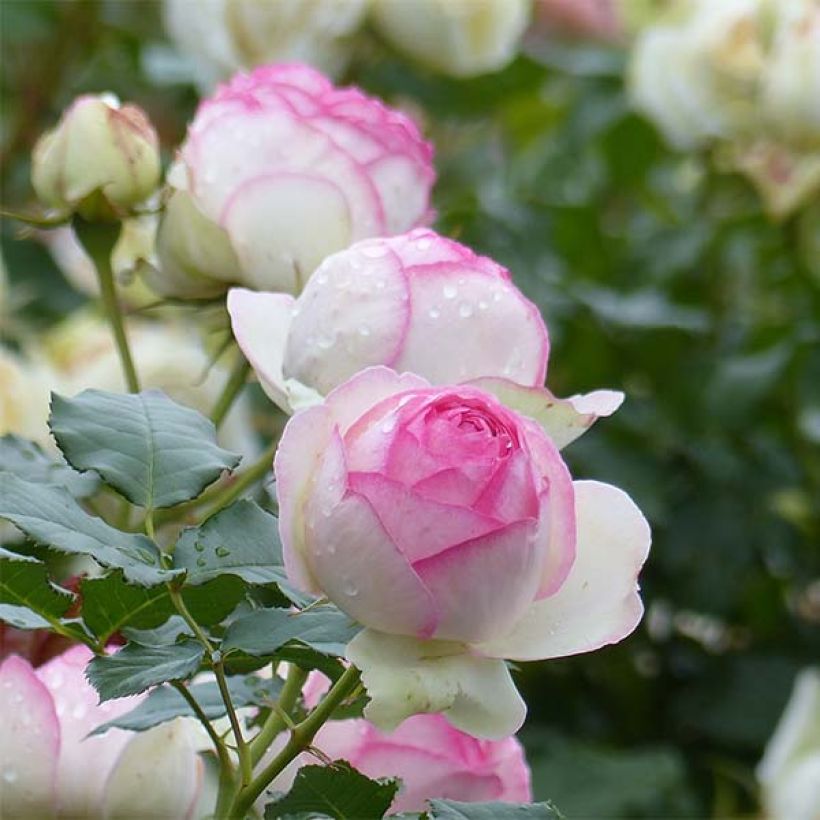

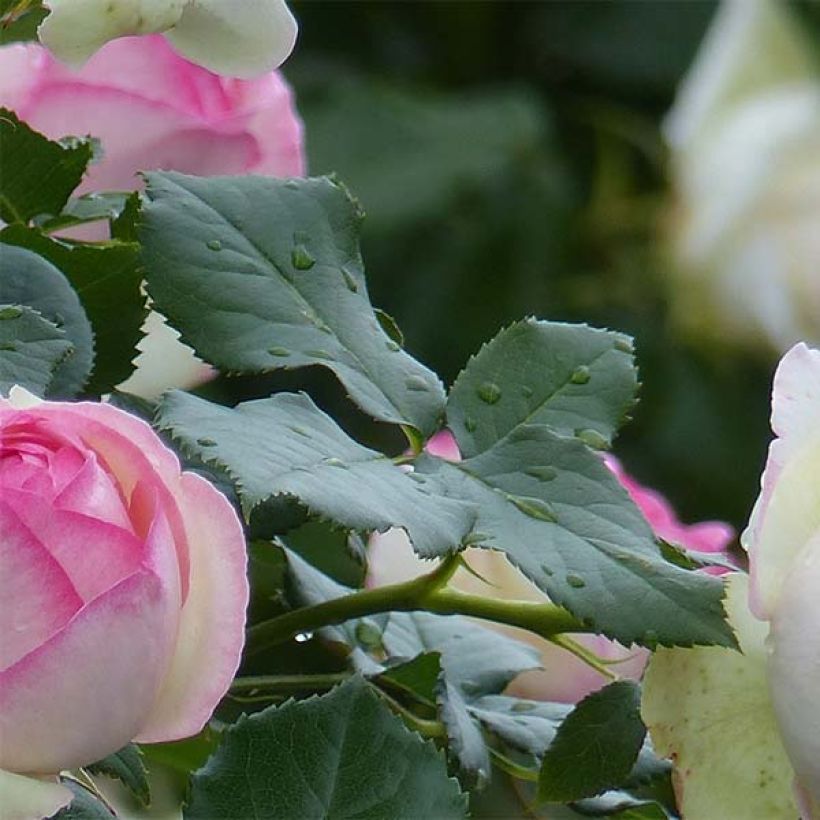

Plant habit
Flowering
Foliage
Botanical data
Rosa
Pierre de Ronsard® 'Meiviolin'
Rosaceae
Rose
Cultivar or hybrid
Rosa canina Laxa (4L/5L pot, Wrapped bare root)
Other Climbing Roses
Planting and care
The 'Pierre de Ronsard' rose prefers sunny locations, heavy, fertile, deep, and moist soils. While it does not appreciate excessive limestone, it tolerates it. To prevent diseases, make sure that it is planted in a well-ventilated area with well-drained soil. To plant your rose, prepare the soil by crumbling it and adding an amendment, such as bonemeal, at the bottom of the planting hole. Water abundantly after planting to remove air pockets. Water regularly for a few weeks to encourage root growth. Mulch and add manure or compost at the end of winter.
Roses are often spotted or unsightly at the end of summer, but this is not a problem for their development. These spots are not harmful to the rose; it is a natural phenomenon.
Planting period
Intended location
Care
-
, onOrder confirmed
Reply from on Promesse de fleurs
Roses by purpose
Haven't found what you were looking for?
Hardiness is the lowest winter temperature a plant can endure without suffering serious damage or even dying. However, hardiness is affected by location (a sheltered area, such as a patio), protection (winter cover) and soil type (hardiness is improved by well-drained soil).

Photo Sharing Terms & Conditions
In order to encourage gardeners to interact and share their experiences, Promesse de fleurs offers various media enabling content to be uploaded onto its Site - in particular via the ‘Photo sharing’ module.
The User agrees to refrain from:
- Posting any content that is illegal, prejudicial, insulting, racist, inciteful to hatred, revisionist, contrary to public decency, that infringes on privacy or on the privacy rights of third parties, in particular the publicity rights of persons and goods, intellectual property rights, or the right to privacy.
- Submitting content on behalf of a third party;
- Impersonate the identity of a third party and/or publish any personal information about a third party;
In general, the User undertakes to refrain from any unethical behaviour.
All Content (in particular text, comments, files, images, photos, videos, creative works, etc.), which may be subject to property or intellectual property rights, image or other private rights, shall remain the property of the User, subject to the limited rights granted by the terms of the licence granted by Promesse de fleurs as stated below. Users are at liberty to publish or not to publish such Content on the Site, notably via the ‘Photo Sharing’ facility, and accept that this Content shall be made public and freely accessible, notably on the Internet.
Users further acknowledge, undertake to have ,and guarantee that they hold all necessary rights and permissions to publish such material on the Site, in particular with regard to the legislation in force pertaining to any privacy, property, intellectual property, image, or contractual rights, or rights of any other nature. By publishing such Content on the Site, Users acknowledge accepting full liability as publishers of the Content within the meaning of the law, and grant Promesse de fleurs, free of charge, an inclusive, worldwide licence for the said Content for the entire duration of its publication, including all reproduction, representation, up/downloading, displaying, performing, transmission, and storage rights.
Users also grant permission for their name to be linked to the Content and accept that this link may not always be made available.
By engaging in posting material, Users consent to their Content becoming automatically accessible on the Internet, in particular on other sites and/or blogs and/or web pages of the Promesse de fleurs site, including in particular social pages and the Promesse de fleurs catalogue.
Users may secure the removal of entrusted content free of charge by issuing a simple request via our contact form.
The flowering period indicated on our website applies to countries and regions located in USDA zone 8 (France, the United Kingdom, Ireland, the Netherlands, etc.)
It will vary according to where you live:
- In zones 9 to 10 (Italy, Spain, Greece, etc.), flowering will occur about 2 to 4 weeks earlier.
- In zones 6 to 7 (Germany, Poland, Slovenia, and lower mountainous regions), flowering will be delayed by 2 to 3 weeks.
- In zone 5 (Central Europe, Scandinavia), blooming will be delayed by 3 to 5 weeks.
In temperate climates, pruning of spring-flowering shrubs (forsythia, spireas, etc.) should be done just after flowering.
Pruning of summer-flowering shrubs (Indian Lilac, Perovskia, etc.) can be done in winter or spring.
In cold regions as well as with frost-sensitive plants, avoid pruning too early when severe frosts may still occur.
The planting period indicated on our website applies to countries and regions located in USDA zone 8 (France, United Kingdom, Ireland, Netherlands).
It will vary according to where you live:
- In Mediterranean zones (Marseille, Madrid, Milan, etc.), autumn and winter are the best planting periods.
- In continental zones (Strasbourg, Munich, Vienna, etc.), delay planting by 2 to 3 weeks in spring and bring it forward by 2 to 4 weeks in autumn.
- In mountainous regions (the Alps, Pyrenees, Carpathians, etc.), it is best to plant in late spring (May-June) or late summer (August-September).
The harvesting period indicated on our website applies to countries and regions in USDA zone 8 (France, England, Ireland, the Netherlands).
In colder areas (Scandinavia, Poland, Austria...) fruit and vegetable harvests are likely to be delayed by 3-4 weeks.
In warmer areas (Italy, Spain, Greece, etc.), harvesting will probably take place earlier, depending on weather conditions.
The sowing periods indicated on our website apply to countries and regions within USDA Zone 8 (France, UK, Ireland, Netherlands).
In colder areas (Scandinavia, Poland, Austria...), delay any outdoor sowing by 3-4 weeks, or sow under glass.
In warmer climes (Italy, Spain, Greece, etc.), bring outdoor sowing forward by a few weeks.


































